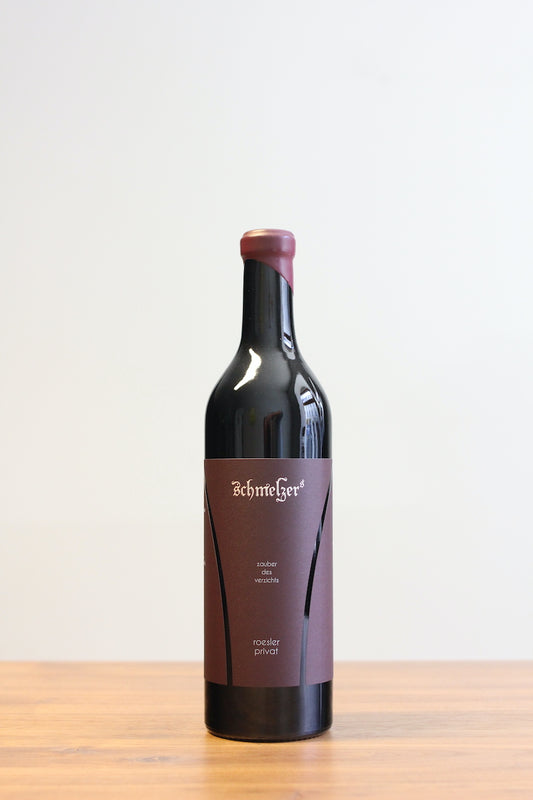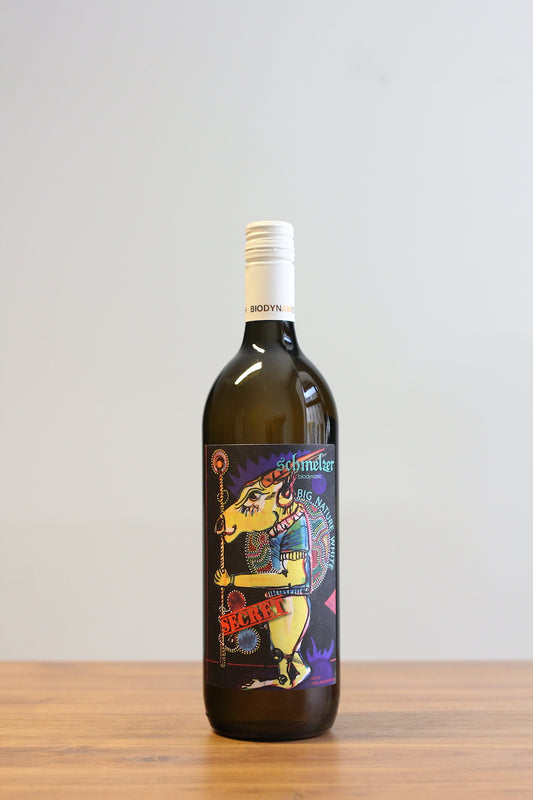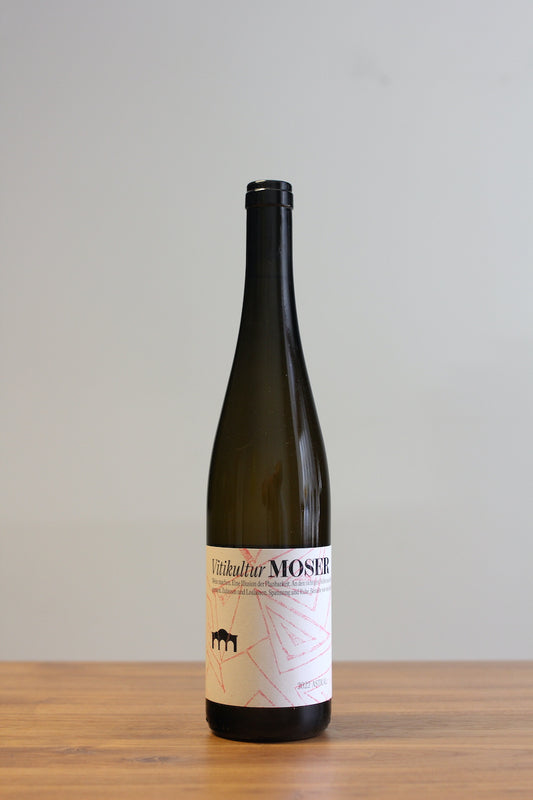Free shipping within Austria from € 99
Free shipping to Germany from € 120
Shipping costs within the EU
Payment methods
Collection: Wines from Austria
-
 Sold out
Sold outBlaufränkisch Spitzerberg 2013
Vendor:Jörg BretzRegular price €28,90 EURRegular priceUnit price / per -
 Sold out
Sold outTauss: Grauburgunder - H - 2019
Vendor:TaussRegular price €36,90 EURRegular priceUnit price / per -
Blaufränkisch Langer Atem 2016
Vendor:HP HarrerRegular price €19,90 EURRegular priceUnit price / per -
Roesler Privat "Zauber des Verzichts" 2017
Vendor:SchmelzerRegular price €25,90 EURRegular priceUnit price / per -
 Sold out
Sold outMuster: Sauvignon Blanc Gräfin 2019
Vendor:VinonudoRegular price €36,90 EURRegular priceUnit price / per -
Ton, Steine, Reben - Neuburger 2020
Vendor:HP HarrerRegular price €25,80 EURRegular priceUnit price / per -
Welschriesling 2023
Vendor:ParvenüRegular price €18,90 EURRegular priceUnit price / per -
Blanc de Blanc Extra Brut 2021
Vendor:Vitikultur MoserRegular price €36,90 EURRegular priceUnit price / per -
Zweigelt 2020
Vendor:SchmelzerRegular price €15,90 EURRegular priceUnit price / per -
 Sold out
Sold outTauss: Sauvignon Blanc -H- 2018
Vendor:TaussRegular price €31,80 EURRegular priceUnit price / per -
Big Nature White 2023
Vendor:SchmelzerRegular price €18,50 EURRegular priceUnit price / per -
Zweigelt 2017
Vendor:HP HarrerRegular price €15,90 EURRegular priceUnit price / per -
Pinot Noir Ried Gebling 2021
Vendor:Vitikultur MoserRegular price €29,90 EURRegular priceUnit price / per -
Astral 2022
Vendor:Vitikultur MoserRegular price €17,90 EURRegular priceUnit price / per
















